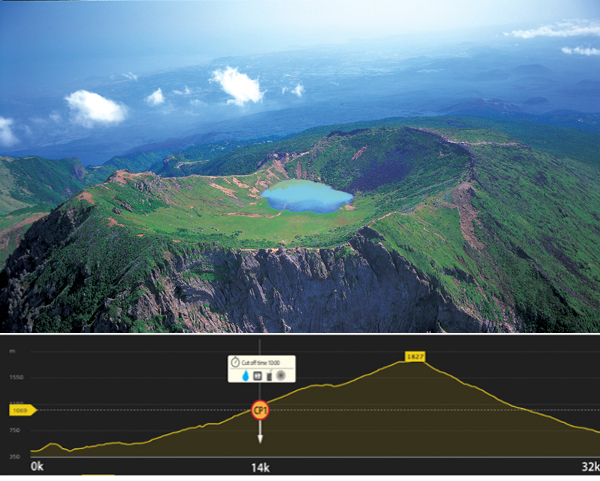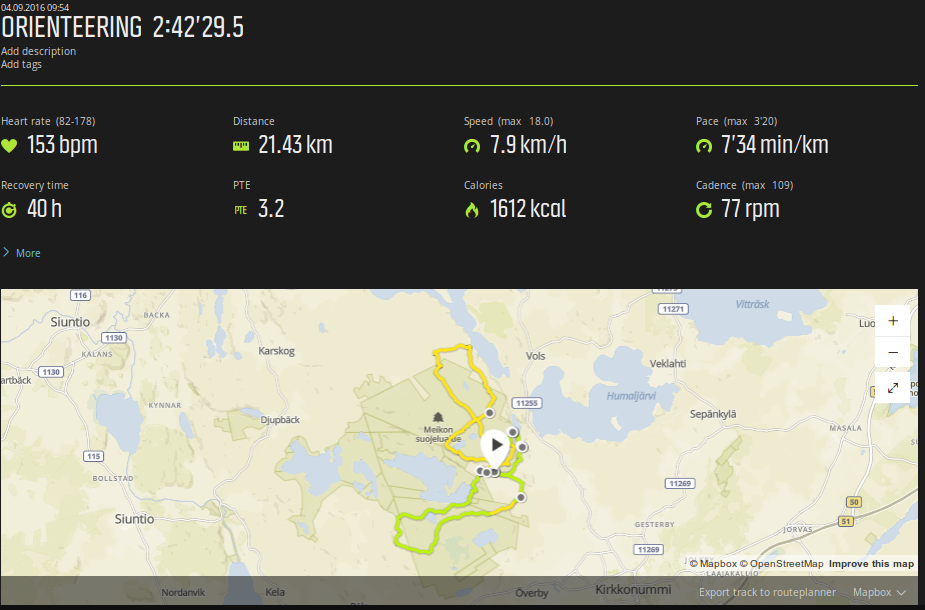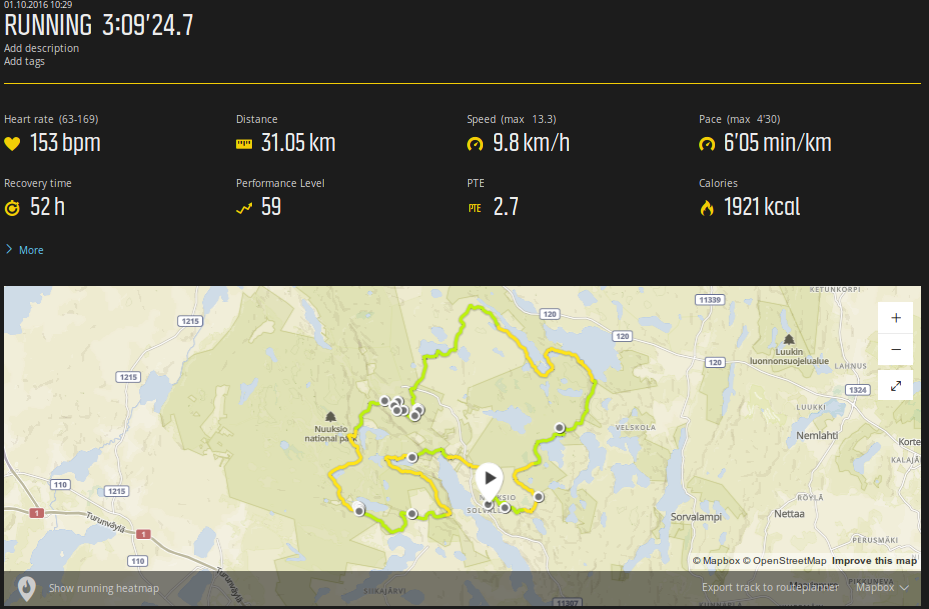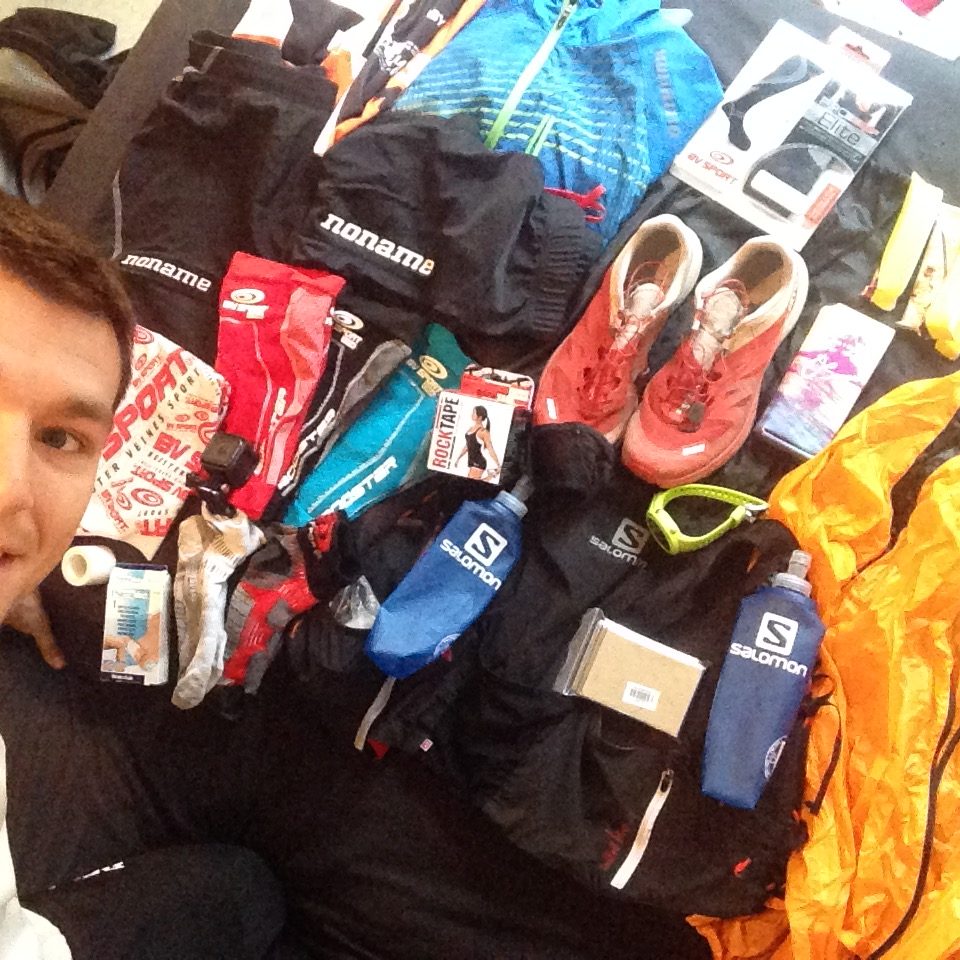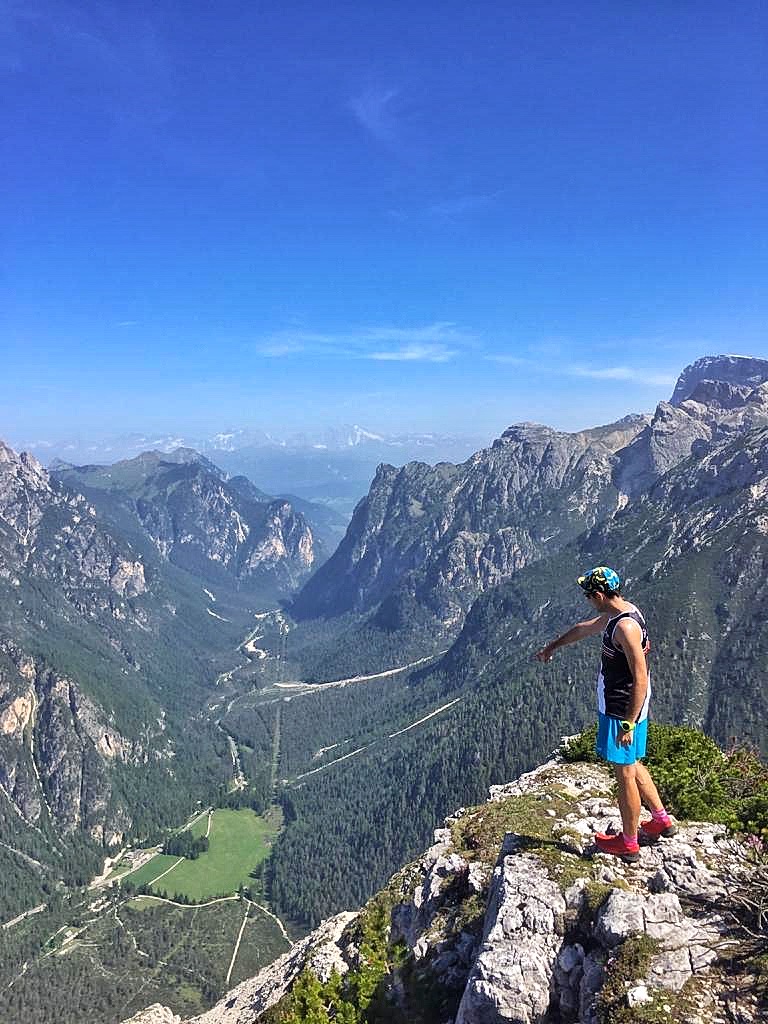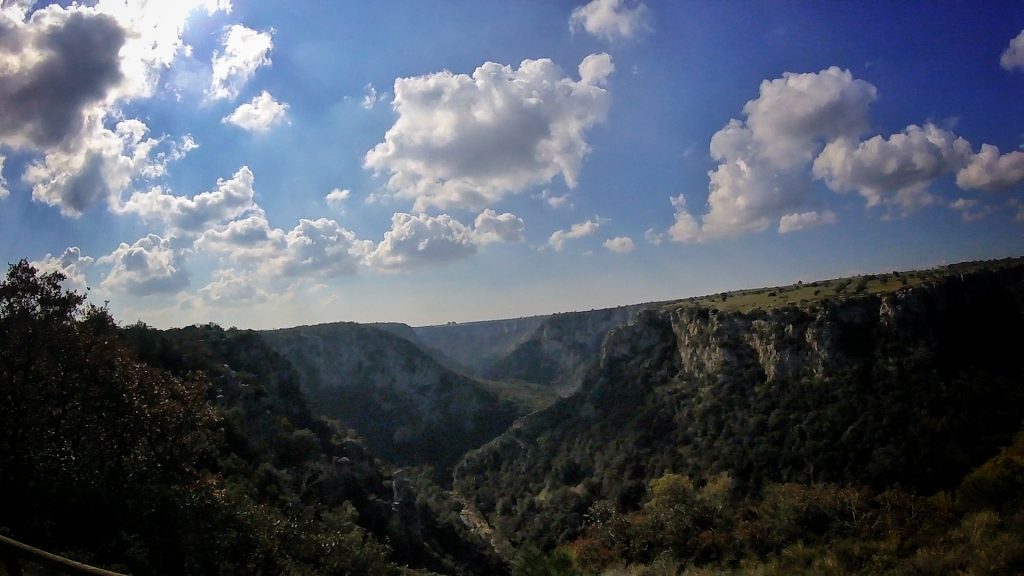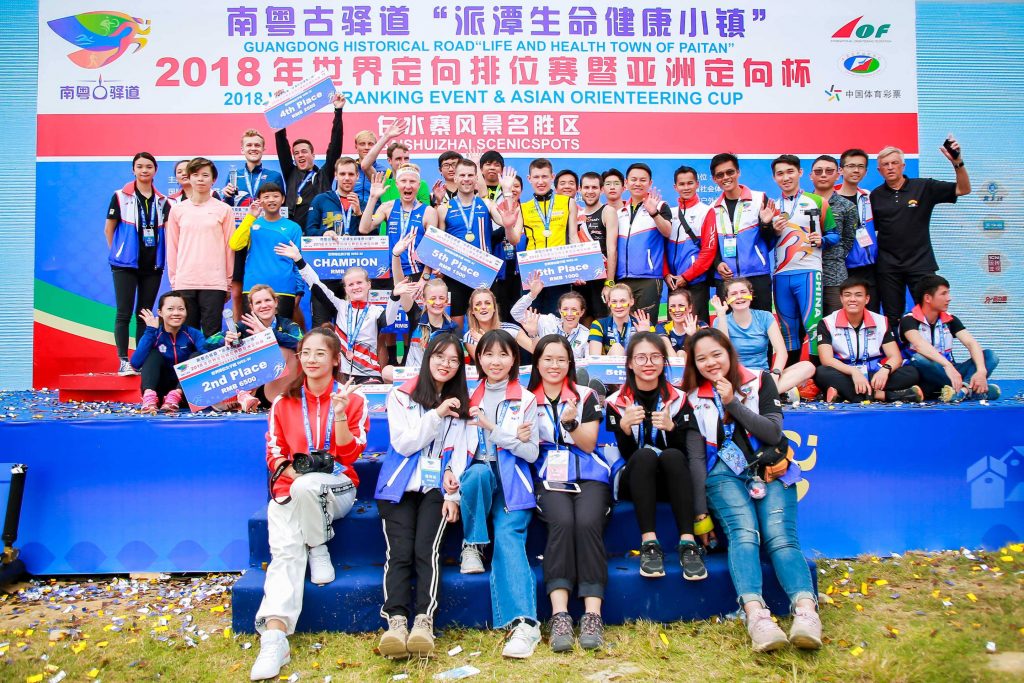The running season 2016 has been so far one of the worst ever, with injuries and problems one following the other. Once one seemed to be settled, a new one came out and no cure seems to work.I haven’t competed much during the spring due to a problem to my left leg, which thanks to some sessions to the chiropractor I thought to have solved. But only just few weeks of pain-free running I sprained my right ankle, which didn’t affect much the ankle itself but the peroneal muscle. To cure that I have visited the chiropractor, the physiotherapist and every kind of rest and so far nothing is working. On top of that I started to have some new additional problems to my left leg’s knee… So I told myself “if resting, run free days are not working, I better reduce the training loads but keep running and enjoy it as much as I can”.
 However, I still decided to challenge myself and try something new, so this summer I decided to enter to the Ultra trail of Jeju (울트라 트레일 제주) island in South Korea. I wanted to visit South Korea from some time and this seem to be a good excuse to book a plane ticket. Jeju island is located in southern South Korea and it is a really amazing volcanic island.
However, I still decided to challenge myself and try something new, so this summer I decided to enter to the Ultra trail of Jeju (울트라 트레일 제주) island in South Korea. I wanted to visit South Korea from some time and this seem to be a good excuse to book a plane ticket. Jeju island is located in southern South Korea and it is a really amazing volcanic island.
But how to prepare for such event?! When I tell to somebody that I run, they immediately ask or assume that I run marathons (I don’t really know why), but so far my longest race was the Sipoonkorpi 30km trail 2015. The first thing which I did was to get more info on the race itself and the terrain.
Compared to other ultras, the Jeju’s one is divided in 3 stages: first stage 30km and 1600m ascent, second stage 36km and 1400m ascent and the last stage 32km and 100m ascent.
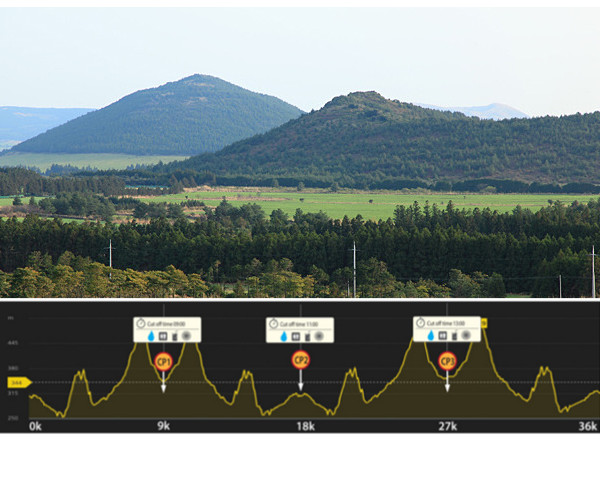
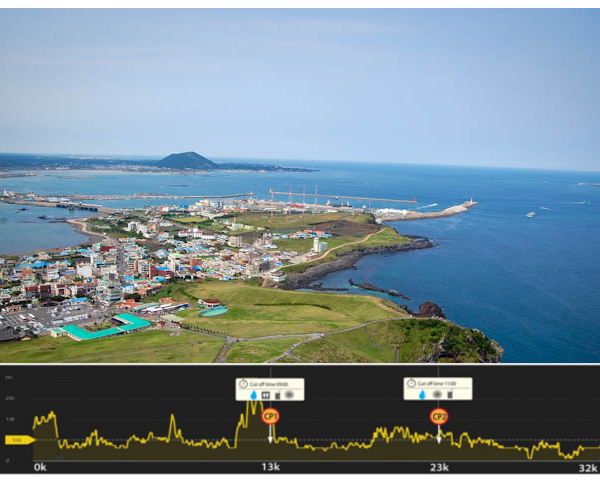
To me it seemed clear that the key-point to work was not the uphill running (3000m over 100km is not so extreme) but the endurance and ability to recover quickly. Just to be clear, I’m not saying that what I do is correct neither that it will work…I really hope so 🙂 but I will have the confirmation of it just after I will cross the finish line.
The priority number 1 was of course not to get other injuries or additional problems, and then just to focus in the actual training. To work on my endurance I tried to add more frequently some longer run on the road on in the forest. Trying to go to run again the day after to understand my feeling, how my legs responded after the training and different recovery techniques (which will be described later) and different foods and supplements.
If I have to pick two iconic run, I would choose:
–Finnish National Orienteering Championships Final (Link)
I just run the normal final, arrived to the finish, changed my t-shirt and ate a Bulkpowders energy gel and went back to the forest to rerun part of the qualification race of the day before.
–30km of the Nuuksio Classic trail marathon (Link)
My official “last preparation training” where I run with the same gear and food which I want to use during the race.
During the whole preparation of course I kept competing in the Finnish National Championships and Italian National Championships and enjoying running in the forest.

(Picture from Gabriele Viale – PWT Italia)
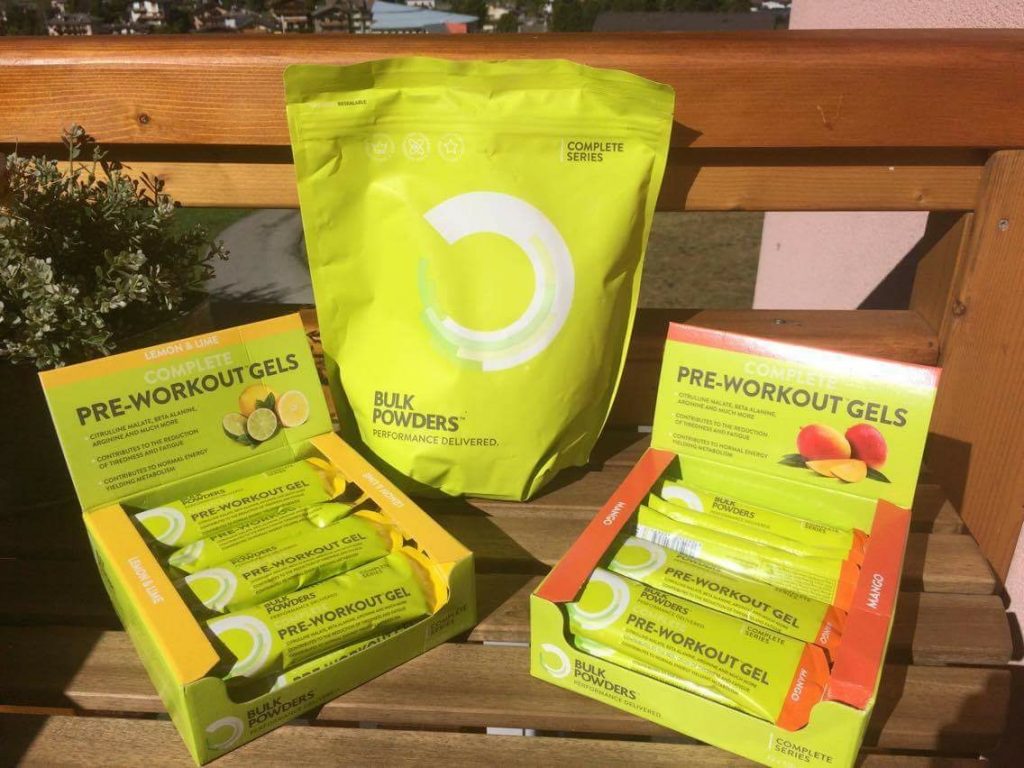 Train my recovery instead was something that I have never really though to be something or a high importance. I usually sleep very well in the night and I try sleep about 8h per night, but I started to wonder “do I actually sleep correctly? what does happen if I change my usual sleeping position? will I get any benefit out of it?” well…I did try to, but after all I noticed that the more comfortable and efficient was the usual one.
Train my recovery instead was something that I have never really though to be something or a high importance. I usually sleep very well in the night and I try sleep about 8h per night, but I started to wonder “do I actually sleep correctly? what does happen if I change my usual sleeping position? will I get any benefit out of it?” well…I did try to, but after all I noticed that the more comfortable and efficient was the usual one.
A good treatment for sore leg muscle for me is the use of compression socks. For that BV Sport PRORECUP Elite are doing the job. But to that I love to add a lot of stretching exercises and some rolling on the foam roller, in some muscle it feels like hell but it helps to relax the legs.
As last of course some food and drink supplements are a good choice, I did get Bulk powders complete solution and Performance berry powder.
Below you can see items and gears which I will use during the race.
I am thinking this race to be a great way to finally close this year’s season and to challenge myself.
That’s pretty much all right now, I am really looking forward to it and to my staying in South Korea.
Versione italiana
La mia stagione sportiva 2016 è stata una delle peggiori ultimamente con continui stop e problemi vari. Una volta che un dolore o infortunio sembrava passato, uno nuovo sorgeva e nessuna cura o trattamento sembrava avere effetto. Non ho potuto competere e correre molto, specialmente durante la scorsa primavera per causa di un problema al gluteo della gamba sinistra, che grazie ad alcune sessioni dal chiropratico pensavo di aver risolto una volta per tutte. Dopo sole poche settimane in cui finalmente riuscivo a correre senza dolori, ho storto la caviglia destra durante una sessione di corsa in bosco. La caviglia non ne risentì molto e dopo alcuni giorni era funzionante al 100%, ma il muscolo peroneo si… Dopo alcune settimane d’intenso dolore, decisi di visitate prima un chiropratico e poi un fisioterapista, ma nessun trattamento, esercizio o riposo sembrava funzionare. Si aggiunse anche un misterioso dolore al ginocchio destro, ed entrambi questi dolori sono al momento ancora irrisolti… Quindi ho detto a me stesso “se il riposo e stop dalla corsa non funziona, è meglio che riduca i carichi di allenamento ma che continui comunque a correre e divertirmi il più possibile”.
Decisi comunque di sfidare me stesso e provare qualcosa di completamente nuovo e quindi la scorsa estate decisi di iscrivermi ai 100km dell’ Ultra Trail della isola di Jeju in Corea del Sud. Volevo visitare la Corea già da un po’ di tempo e questa gara mi sembrò una buona scusa per prenotare un biglietto aereo da Helsinki a Jeju, con scalo Seul.
Ma come preparasi per un’evento simile?! Ogni volta che dico a qualcuno che corro e comunque che mi alleno di corsa, immediatamente assumono che io corra maratone (non so di preciso il perché), ma fin’ ora la mia gara più lunga furono i 30km del Sipoonkorpi trail 2015. La prima cosa che decisi di fare per impostare i miei allenamenti fu raccogliere più informazioni possibili riguardanti la gara stessa, il percorso e il terreno. Rispetto ad un Ultra Trail, quello di Jeju è suddiviso in 3 stage: il primo di 30km e 1600m di dislivello verticale, il secondo stage di 36km e 1400m di dislivello verticale e l’ultimo stage di 32km e soli 100m di dislivello.
Per me sembrò chiaro che il punto chiave su cui lavorare non siano le salite (3000m di dislivello verticale in 100km non è molto) ma piuttosto la residenza e l’abilità di recuperare per la gara successiva. Per essere chiaro, non voglio dire che questo funzioni o sia corretto… lo spero ma ne avrò la conferma solo dopo essere passato sotto l’arco d’arrivo.
La priorità numero 1 è naturalmente di non infortunarmi nuovamente o peggiorare i problemi attuali, e poi focalizzarsi sulla preparazione atletica. Per lavorare sulla mia resistenza provai ad aggiungere al mio piano di allenamento delle corse lunghe su strada e in bosco. Provando poi a correre il giorno dopo un’allenamento lungo per capire come il mio corpo e le mie gambe rispondano, provando poi alcuni metodi di recupero (di cui parlerò in seguito).
Se dovessi scegliere due allenamenti iconici, sceglierei:
-Campionati finlandesi di orienteering long
Domenica, dopo aver corso la finale, arrivai all’arrivo e dopo un rapido cambio di t-shirt e un gel Bulkpowders energy gel, ritornai in bosco per correre parte della qualifica corsa il giorno prima.
-30km della Nuuksio Classic trail marathon
Ufficialmente il mio “ultimo allenamento di preparazione” dove corsi con lo stesso equipaggiamento che userò in Corea.
Durante tutta la mia perparazione continua comunque a competere nei campionati nazionali Finlandesi e Italiani. Allenare la mia capacità di recuperare è un qualcosa che non ho mai fatto e a cui non ho mai dato una grande rilevanza. Oltre a provare a migliorare la mia capacità di riposo dormendo, un buon metodo per alleviare il dolore muscolare è usare calze di compressione PRORECUP Elite, esercizi di stretching e foam roll e integrando l’alimentazione e idratazione con Bulkpowders complete solution e Performance berry powder.
Penso a questa gara come un ottimo modo per chiudere finalmente questa stagione e sfidare me stesso.

